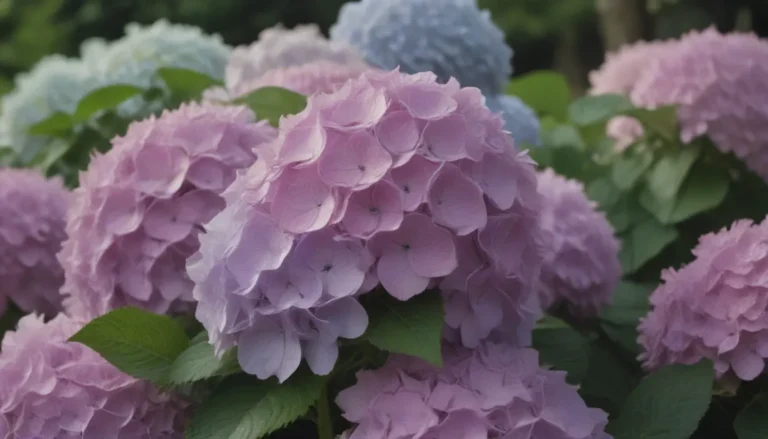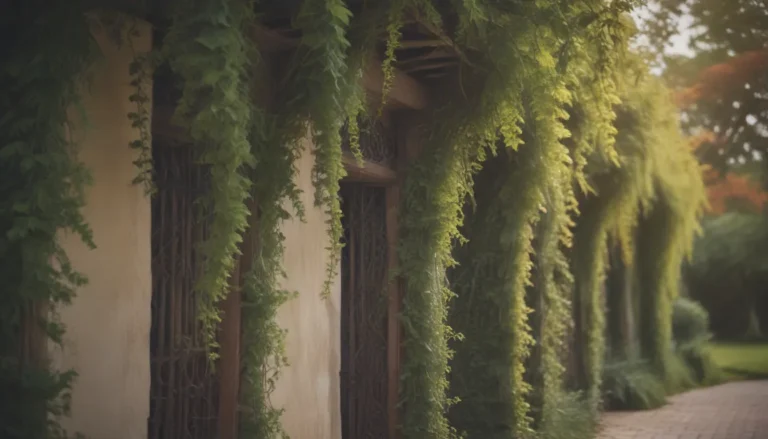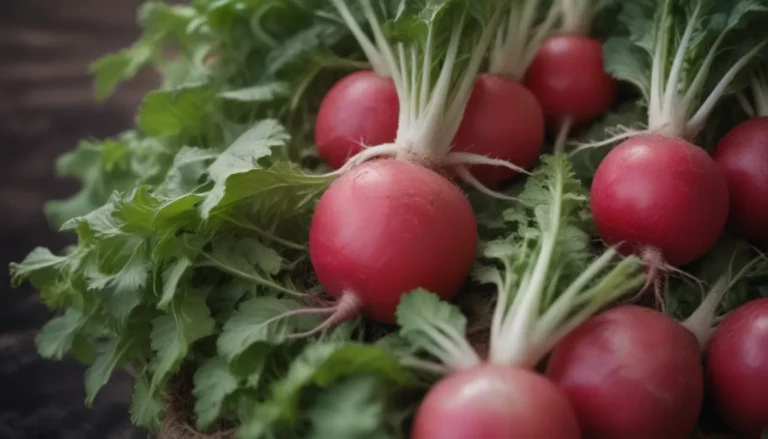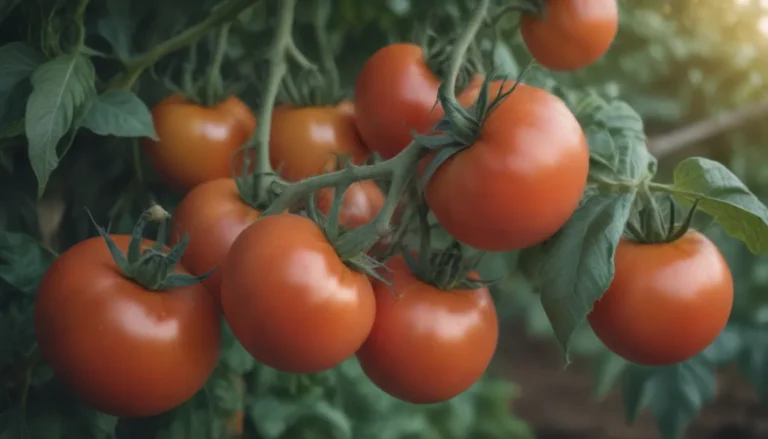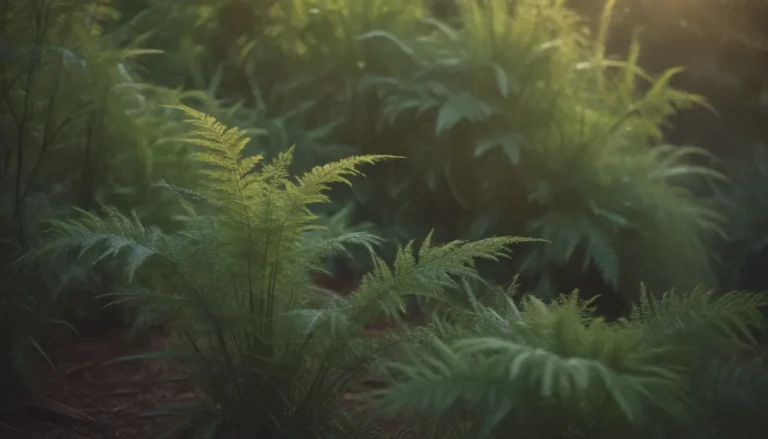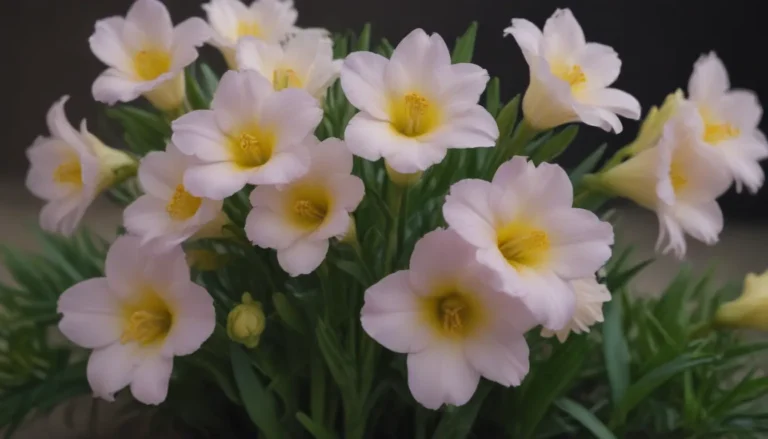The Ultimate Guide to Growing and Caring for Flowering Crabapple Trees
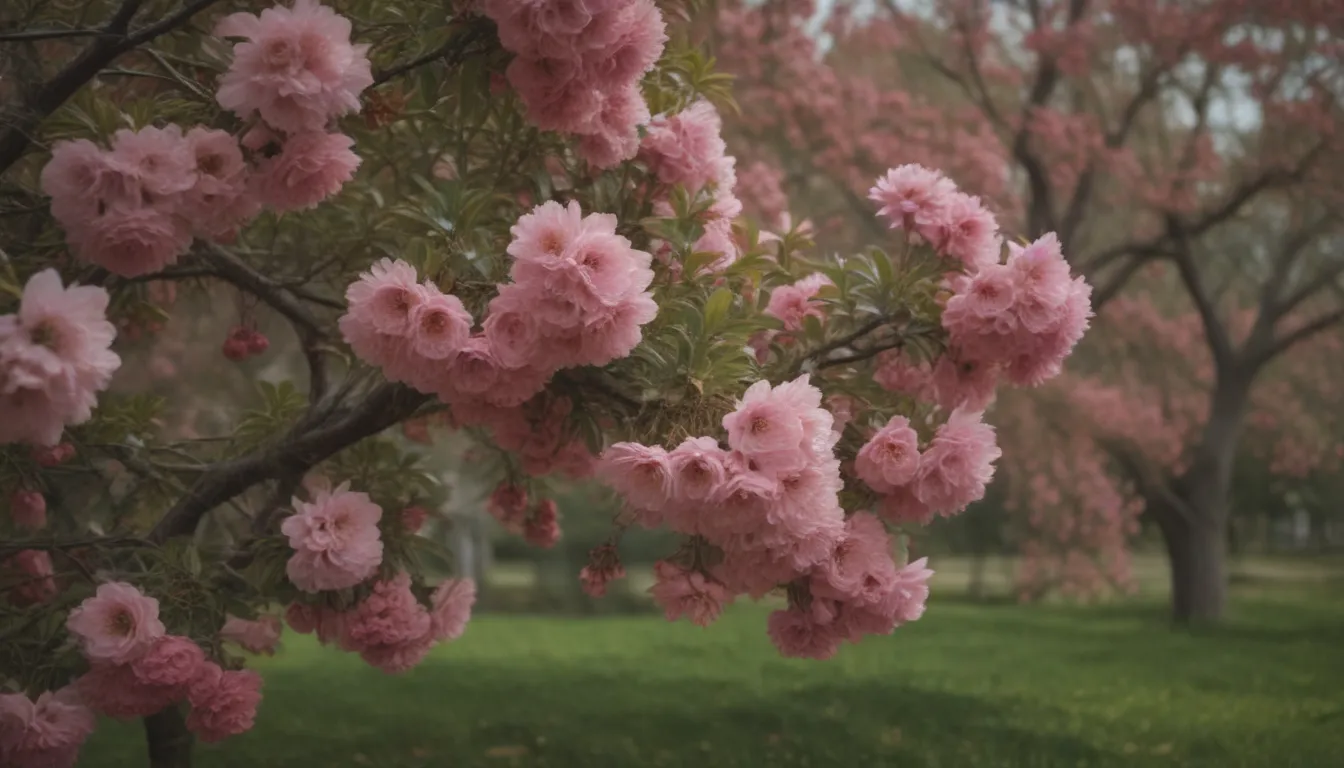
Are you looking to add a touch of elegance and beauty to your garden? Flowering crabapple trees might just be the perfect choice for you! These trees are not only known for their stunning blossoms but also for their tart fruits that add color and interest to any landscape. In this comprehensive guide, we will walk you through everything you need to know about growing and caring for flowering crabapple trees.
Understanding Flowering Crabapples
Flowering crabapples belong to the Malus genus, which also includes the species grown for table apples. With over 30 species and dozens of named cultivars, these trees are a popular choice among gardeners for their fragrant blossoms and ornamental fruits. While crabapples contain seeds with trace amounts of amygdalin, a substance that breaks down into cyanide, the chances of any serious impact from consumption are minimal due to their sour and unpalatable taste to humans.
Flowering Crabapple Care
Taking care of a flowering crabapple tree requires some attention to detail, but with the right knowledge, you can ensure that your tree thrives and produces beautiful blooms year after year. Here are some essential care tips:
- Light: Choose a sunny location for your crabapple tree, as they need at least six hours of sunlight daily for optimal flowering and fruiting.
- Soil: Plant your tree in rich, well-draining soil with a slightly acidic pH. Consider adding organic soil amendments and using natural mulch to help maintain soil moisture.
- Water: Once established, crabapple trees are relatively drought-tolerant but may need supplemental watering during dry periods. Aim for about 1 inch of water per week.
- Temperature and Humidity: Crabapple trees thrive in regions with cold winters and mild summers, typically USDA zones 4 to 8. Avoid planting them in high humidity or extreme heat conditions.
- Fertilizer: Minimal fertilization is needed for crabapple trees, with compost and composted manure being sufficient for their nutritional needs.
Types of Flowering Crabapple
With a wide variety of cultivars available, you can choose a flowering crabapple tree that suits your preferences in terms of size, form, fruit production, and bloom color. Some popular cultivars include ‘Prairifire’, ‘Red Splendor’, ‘Donald Wyman’, and ‘Harvest Gold’.
Pruning and Propagation
Regular pruning is essential for maintaining the health and appearance of your crabapple tree. Remove dead branches and water sprouts, and avoid pruning more than 20 percent of the canopy in a single season. If you wish to propagate your tree, softwood cuttings can be taken, but keep in mind that grafted cultivars may not reproduce the same hardiness as the parent tree.
Common Pests and Diseases
Like other apple trees, crabapples are susceptible to diseases such as fire blight, rust, and apple scab, as well as pests like mites, aphids, and Japanese beetles. Proper care and monitoring can help prevent and manage these issues effectively.
Harvesting and Uses
While most crabapple varieties are not suitable for raw consumption due to their sour taste, they can be used to make preserves, ciders, and jellies. Wait until the fruit reaches the desired ripeness before harvesting, typically around mid to late September.
Troubleshooting Common Problems
Even with proper care, flowering crabapple trees can experience issues that may affect their growth and appearance. Here are some common problems and solutions:
- Cracked, Oozing Bark: Signs of pest or disease infestation; seek professional advice for treatment.
- Lots of Dead Branches: Often caused by neglect of pruning routine; create a plan to gradually restore tree health.
- Wasp Infestation: Fallen fruit can attract stinging wasps; regularly remove debris to deter them from nesting.
Conclusion
In conclusion, flowering crabapple trees are a beautiful addition to any garden, with their delicate blossoms and colorful fruits adding charm and vibrancy to the landscape. By following the tips and guidelines outlined in this guide, you can ensure that your crabapple tree thrives and continues to bring joy and beauty for years to come. Happy gardening!
